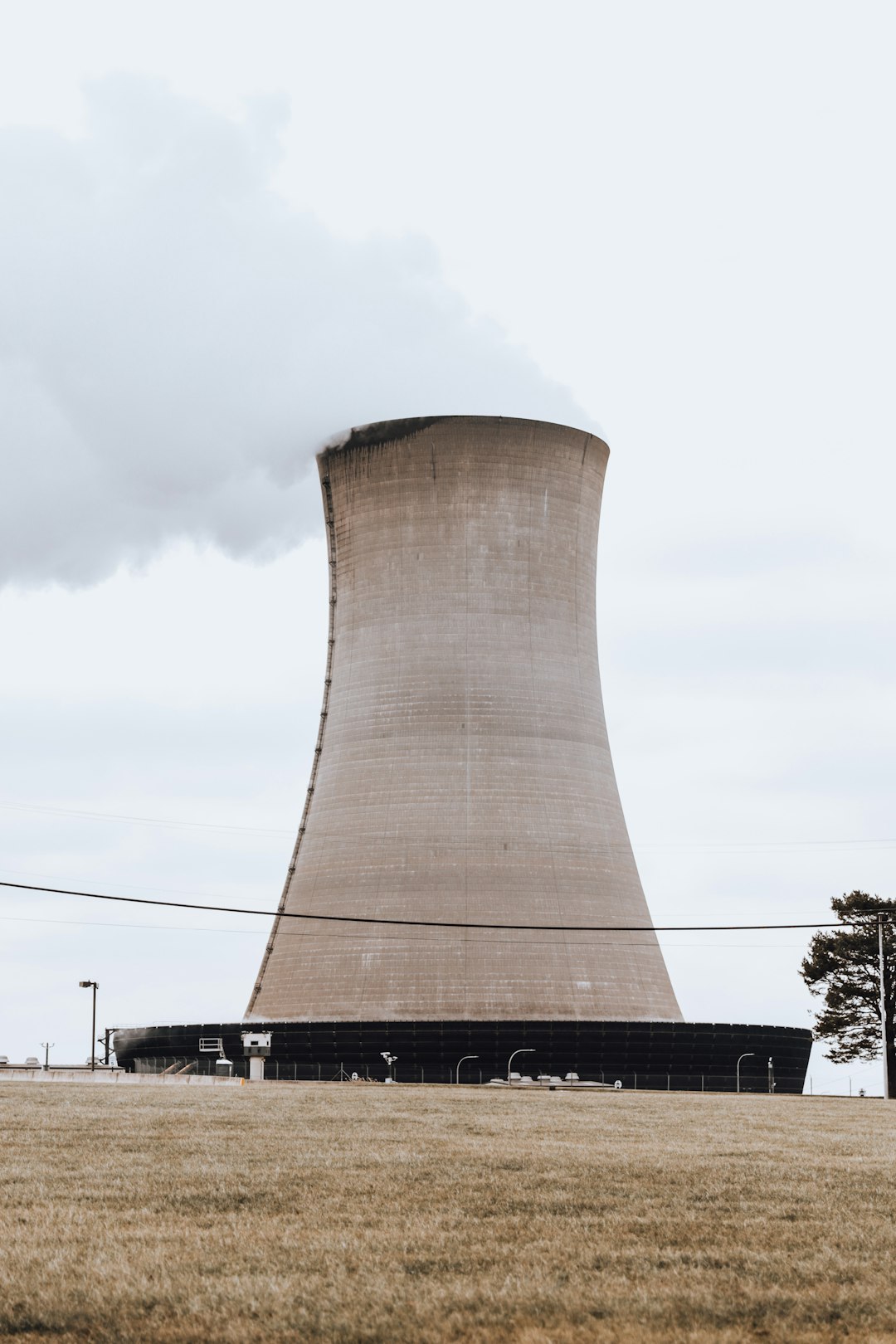All Nonfiction
- Bullying
- Books
- Academic
- Author Interviews
- Celebrity interviews
- College Articles
- College Essays
- Educator of the Year
- Heroes
- Interviews
- Memoir
- Personal Experience
- Sports
- Travel & Culture
All Opinions
- Bullying
- Current Events / Politics
- Discrimination
- Drugs / Alcohol / Smoking
- Entertainment / Celebrities
- Environment
- Love / Relationships
- Movies / Music / TV
- Pop Culture / Trends
- School / College
- Social Issues / Civics
- Spirituality / Religion
- Sports / Hobbies
All Hot Topics
- Bullying
- Community Service
- Environment
- Health
- Letters to the Editor
- Pride & Prejudice
- What Matters
- Back
Summer Guide
- Program Links
- Program Reviews
- Back
College Guide
- College Links
- College Reviews
- College Essays
- College Articles
- Back
Nuclear reactions: Fission and Fusion
Nuclear reactions: Fission and Fusion
Nuclear power
Nuclear power is the use of nuclear reactions, namely nuclear fission and fusion to release a
massive amount of energy to generate heat. But what exactly do the reactions do? The two
nuclear reactions are fundamentally different processes, in fact, they are opposing reactions.
Nuclear reactions: whatʼs the difference between them?
Nuclear fission reaction occurs when a large, unstable isotope is bombarded with high-speed particles, generally neutrons. During the process, a neutron is accelerated and strikes a target nucleus of the unstable isotope, which then slam into the unstable isotope causing it to break into smaller particles. Today, the majority of nuclear reactors use Uranium-235 as the target
nucleus. The result of this reaction is the splitting of the target nucleus into two smaller
isotopes(the fission products), three-high speed neutrons, and a large amount of energy.This
resulting energy is then used to heat water in nuclear reactors and ultimately produces
electricity. The high-speed neutrons that are ejected become projectiles that initiate other
fission reactions, or chain reactions.
For example, Uranium-235 undergoes nuclear fission. A neutron strikes Uranium-235 (target nucleus), this causes Uranium-235 to break apart into two new elements Barium-141 and Krypton-92 (the fission products) and releases massive amounts of energy. Additionally, three other neutrons are also released at the same time.
Nuclear fusion takes place when two low-mass isotopes, typically isotopes of hydrogen, unite under conditions of extreme pressure and
temperature. Fusion is what powers the sun. An example of this in action: atoms of Tritium and Deuterium (isotopes of hydrogen, Hydrogen-3 and Hydrogen-2, respectively) unite under extreme pressure and temperature to produce a neutron and a helium isotope. Along with this, an enormous amount of energy is released, which is several times the amount produced from fission.
In general, nuclear fission can be thought of as separating into two, and nuclear fission can be
thought of as uniting as one.
Scientists continue to work on controlling nuclear fusion in an effort to make a fusion reactor
to produce electricity. Some scientists believe there are opportunities with such a power
source since fusion creates less radioactive material than fission and has a nearly unlimited
fuel supply. Both fission and fusion are nuclear reactions that produce energy, but the
applications are not the same. Fission is the splitting of a heavy, unstable nucleus into two
lighter nuclei, and fusion is the process where two light nuclei combine together releasing
vast amounts of energy. Fission is used in nuclear power reactors since it can be controlled,
while fusion is not utilized to produce power since the reaction is not easily controlled and is
expensive to create the needed conditions for a fusion reaction.
Similarities and differences of nuclear fission and fusion
Nuclear fission is the splitting of a larger atom into smaller atoms, and this process is used to release energy in nuclear power plants. Nuclear fusion is when smaller atoms combine to form larger atoms, this process is used to emit energy in stars such as the sun.
Both Nuclear fission and fusion produce a large amount of energy, it causes a change in the atomic number and both of these reactions are used in nuclear power weapons.

Similar Articles
JOIN THE DISCUSSION
This article has 0 comments.

This articles covers the basics of the two types of nuclear reactions. It gives a detailed description with examples to illustrate the concepts.